Commentary: The truth about Bob Dylan, Timothée Chalamet, and 'A Complete Unknown'
Published in Entertainment News
PHILADELPHIA — In a pivotal scene in "A Complete Unknown," the Bob Dylan biopic starring Timothée Chalamet, Dylan and Johnny Cash (Boyd Holbrook) smoke and talk on the eve of the most consequential performance of Dylan’s career, in 1965.
The conversation takes place in a parking lot outside Newport, Rhode Island's Viking Motel — a motor lodge that’s portrayed, so to speak, by the Victorian Motel in Cape May, where parts of "A Complete Unknown" were filmed in May.
Dylan is trying to get up the gumption to plug in and go electric at the Newport Folk Festival, giving voice to his surrealist, subversive muse, and thumbing his nose at the hidebound rule makers warning him to keep it politely acoustic on the hallowed grounds of Newport.
Doubting himself, Dylan needs a pep talk from Cash, a fan and friend who the younger songwriter trusts as an authoritative father figure, even though Cash is so wrecked he can’t drive his Cadillac out of the parking lot without smashing into two cars.
Cash is the Obi-Wan Kenobi of writer-director James Mangold’s much-hyped movie, which opened on Christmas Day. “Make some noise, B.D.,” he urges Dylan. “Track some mud on the floor.”
Dylan, of course, does just that. Defying purists, he makes clear he has no intention of playing by anyone’s rules, flouting convention with a chutzpah still apparent today. At Willie Nelson’s 4th of July Picnic in Camden, New Jersey, this year, he filled his set with obscure covers instead of signature songs festivalgoers would have been happier to hear.
The Cash-Dylan convo is pivotal in a movie that anybody who’s interested in Dylan should see. Or you could watch it for Chalamet, for whom a deserved Oscar nomination awaits. Or for Joan Baez, who’s portrayed convincingly by Monica Barbaro.
The regard Cash and Dylan hold each other in is true to life, and they both played Newport in 1964. There’s just one catch.
Cash wasn’t there in 1965. Just as Suze Rotolo, Dylan’s girlfriend who posed with him on the cover of "The Freewheelin’ Bob Dylan" — renamed Silvie Russo and played by Elle Fanning — wasn’t there. The guy who yells “Judas!” in the Newport crowd as Dylan and band rip into “Like a Rolling Stone” wasn’t there either.
That famous heckle actually happened in Manchester in 1966, when English folkniks were still horrified that Dylan had betrayed their cause a year earlier in Newport.
On that first Dylan electric tour, the backing band was the Hawks. The Canadian rock and rollers were the house band at Tony Mart’s in Somers Point in 1965 along with country singer Conway Twitty, a Jersey Shore Dylan-adjacent true fact that still blows my mind.
The Hawks — later known as the Band — got together with Dylan after guitarist Robbie Robertson took a call from Dylan’s manager Albert Grossman in Tony Mart’s back room.
But I digress. What I’m driving at is that while "A Complete Unknown" is a conventional biopic — rather than an experimental work like Todd Haynes’ 2007 "I’m Not There," with six different actors, including Heath Ledger, Cate Blanchett, and Ben Whishaw playing various Dylans — it isn’t hung up on historical accuracy.
In fact, it’s filled with fibs. Did baby-faced Bob have “Song to Woody” at the ready the first time he met Woody Guthrie at Greystone Park Psychiatric Hospital in 1961? He did not.
Did he really write “Girl From the North Country” at the house of Pete Seeger, who’s as sympathetic a figure as portrayed by Edward Norton, that same year? Nope, he didn’t get around to that until the end of 1962.
But does it matter? Does "A Complete Unknown" undermine its depiction of who Dylan really is by not being more fastidious about biographical detail? Not in the least.
In fact, it just makes the film made by Mangold — who directed the 2007 Cash biopic "Walk the Line" — more Dylan-y. Or Dylanesque, if you prefer.
Dylan himself wanted to make sure the movie — loosely based on the 2015 book "Dylan Goes Electric! Newport, Seeger, Dylan, and the Night That Split the Sixties" by Elijah Wald (who lives in Philadelphia) — didn’t get bogged down in mundane realism.
Norton told Rolling Stone that Dylan insisted Mangold include at least one totally inaccurate scene in the movie. That would seem a perverse request, coming from anyone other than Dylan. Instead in this case, it’s in keeping with Dylan’s attitude toward “the truth” dating back to the period in "A Complete Unknown" when — while still in his early 20s — he was revered as the ultimate countercultural truth teller.
His response — long before our “post-truth” age — was to insist that seeking any kind of objective truth was absurd, while amusingly admitting that “If I wasn’t Bob Dylan, I’d probably think that Bob Dylan has a lot of answers myself.”
“You ask of truth? There is no truth. What fool can claim t’ carry the truth?” Dylan wrote in his "11 Outlined Epitaphs" in "The Times They Are A-Changin’" liner notes in 1963. A year later, in the notes to "Another Side of Bob Dylan," he wrote: “I know no answers and no truth … I will listen to no one who tells me morals, there are no morals. And I dream a lot.”
Dylan has been leading a life of a public performer — at 83, still on a “Never Ending Tour” — while hiding in plain sight ever since he came to be regarded as an oracle whose followers hoped to find the keys to the universe by combing through his garbage.
In 1964, while performing at Town Hall in New York, the artist born Robert Zimmerman said, “I’m wearing my Bob Dylan mask.” In 2007, he played a singer named Jack Fate in a movie much stranger than "A Complete Unknown," called "Masked and Anonymous."
And in Martin Scorsese’s 2019 "Rolling Thunder Revue: A Bob Dylan Story," he put his trust in theatricality over the illusion of authenticity. “If someone’s wearing a mask, he’s going to tell you the truth,” he said. “If he’s not wearing a mask, it’s highly unlikely.”
"Rolling Thunder" called itself a documentary but included fabricated stories about a teenage Sharon Stone following Dylan on tour, and Kiss inspiring the pancake makeup Dylan and Baez wore on stage. Why did Dylan lie? Probably to make points about the unreliability of all historical narratives, and also because he gets his kicks messing with people’s expectations.
In comparison to the "Rolling Thunder’s" fake news, "A Complete Unknown’s" inaccuracies seem trivial, micro-fictions committed in the service of larger “truth” in an essentially earnest film.
Recently, Dylan started tweeting. Or perhaps somebody masked and anonymous is doing it, pretending to be him.
Addressing "A Complete Unknown," he gave Wald’s book the blurb of a lifetime, calling "Dylan Goes Electric!" “a fantastic retelling of the events from the early ‘60s leading up to the fiasco of Newport. After you’ve seen the movie, read the book.”
He also expressed faith in Chalamet, while making it clear he hadn’t seen the film.
“There’s a movie about me coming out soon called A Complete Unknown (what a title!),” he wrote. “Timmy’s a brilliant actor so I’m sure he’s going to be completely believable as me. Or a younger me. Or some other me.”
That turns out to be true. But don’t take my word for it, Bob. You’ve already read the book. Go see the movie. You might see yourself in it.
———
(Dan DeLuca is the pop music critic for The Philadelphia Inquirer.)
———
©2024 The Philadelphia Inquirer. Visit inquirer.com. Distributed by Tribune Content Agency, LLC.

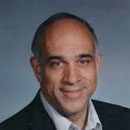

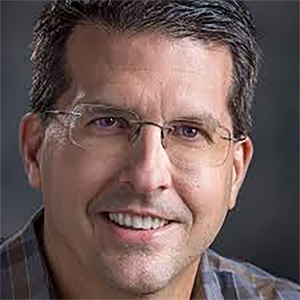

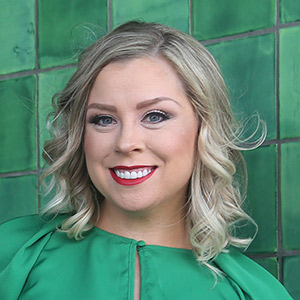


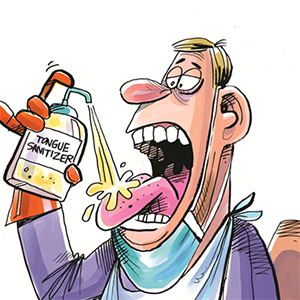
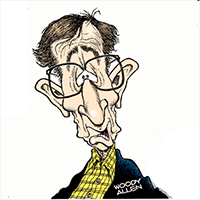



Comments